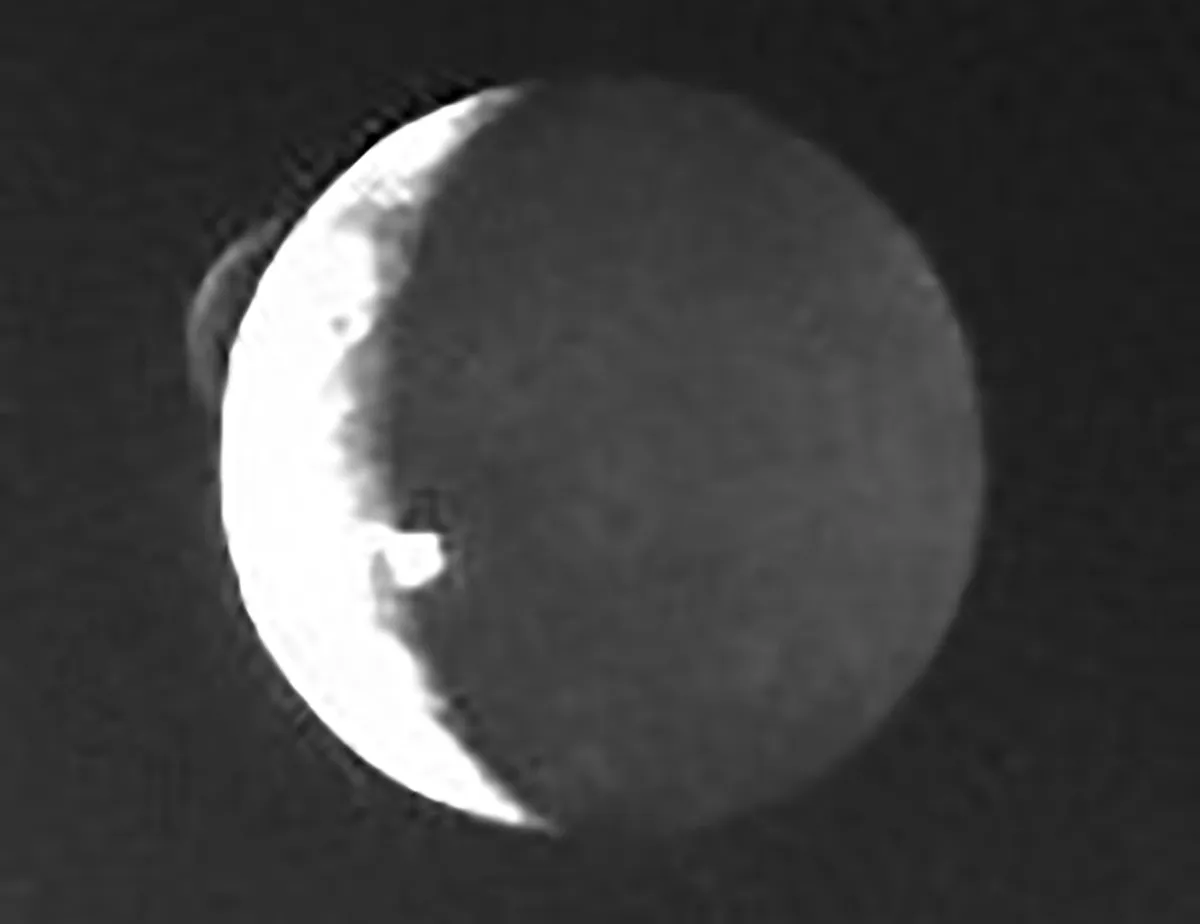NASA's Juno spacecraft has found a volcanic hot spot on Jupiter's moon Io that's larger than Lake Superior.
The volcano is so powerful, its eruptions are spewing out six times the total energy of all the world's power planets combined.
Io's mammoth volcano was detected during a recent flyby by the Juno probe.

Juno's flybys
The discovery was made using Juno’s Jovian Infrared Auroral Mapper (JIRAM) instrument, which was engineered by the Italian Space Agency.
It sees in infrared light, revealing features not visible to the human eye.
Previously JIRAM had been used to peer beneath Jupiter's stormy atmosphere, probing 30 to 45 miles (50 to 70 km) beneath the clouds.
But since NASA extended Juno’s mission, JIRAM has been turned to Jupiter's four largest satellites, the Galilean moons Io, Europa, Ganymede and Callisto.

During its extended mission, Juno’s passes by Io every second Jupiter orbit and flies over the same part of the moon each time.
Juno made flybys of Io in December 2023 and February 2024, skimming 930 miles (1,500 kilometres) above its surface.
This latest close pass was completed on 27 December 2024, Juno speeding 46,200 miles (74,400 km) above the moon, the infrared instrument focussing on Io’s southern hemisphere.
"Juno had two really close flybys of Io during Juno’s extended mission," says Juno principal investigator Scott Bolton of the Southwest Research Institute.
"And while each flyby provided data on the tormented moon that exceeded our expectations, the data from this latest — and more distant — flyby really blew our minds.
"This is the most powerful volcanic event ever recorded on the most volcanic world in our Solar System — so that’s really saying something."

Why Io is so volcanic
Io orbits extremely close to Jupiter: making a full orbit once every 42.5 hours.
Considering Jupiter is bigger than all the other planets of the Solar System put together, that's really quite a feat.
Io's orbit is elliptical, or egg-shaped. This means its orbit pulls it in towards Jupiter and out again.
The gravitational tug of war that ensues means the moon is constantly being squished and squashed.
This causes frictional heating, which melts parts of Io’s interior, causing lava plumes and ash to vent into its atmosphere.
It's thought there could be 400 volcanoes on Io's surface, making it the most volcanic body in the Solar System.
Volcanoes on Io were first discovered by planetary scientist Linda Morabito in 1979 using images and data captured by the Voyager mission.

Discovering the enormous volcano
"JIRAM detected an event of extreme infrared radiance — a massive hot spot — in Io’s southern hemisphere so strong that it saturated our detector," says Alessandro Mura, a Juno co-investigator from the National Institute for Astrophysics in Rome.
"However, we have evidence what we detected is actually a few closely spaced hot spots that emitted at the same time, suggestive of a subsurface vast magma chamber system.
"The data supports that this is the most intense volcanic eruption ever recorded on Io."
The JIRAM science team estimates the volcano spans 40,000 square miles (100,000 square km), over 5 times larger than the previous record holder, Loki Patera, a lava lake of 7,700 square miles (20,000 square km).
The total power value of the hot spot’s radiance measures well above 80 trillion watts.

A destructive force
Planetary scientists say this kind of eruption is likely to leave enduring scars on Io's surface.
They say other eruptions on Io have created features like 'pyroclastic deposits', which are rock fragments spewed out by a volcano.
Small lava flows from the volcano may be fed by fissures, while volcanic-plume deposits rich in sulphur and sulphur dioxide could be distributed across the surface.
An upcoming flyby of Io by Juno on 3 March 2025 will look at the hot spot again and record changes in the landscape.
"While it is always great to witness events that rewrite the record books, this new hot spot can potentially do much more," says Bolton.
"The intriguing feature could improve our understanding of volcanism not only on Io but on other worlds as well."
